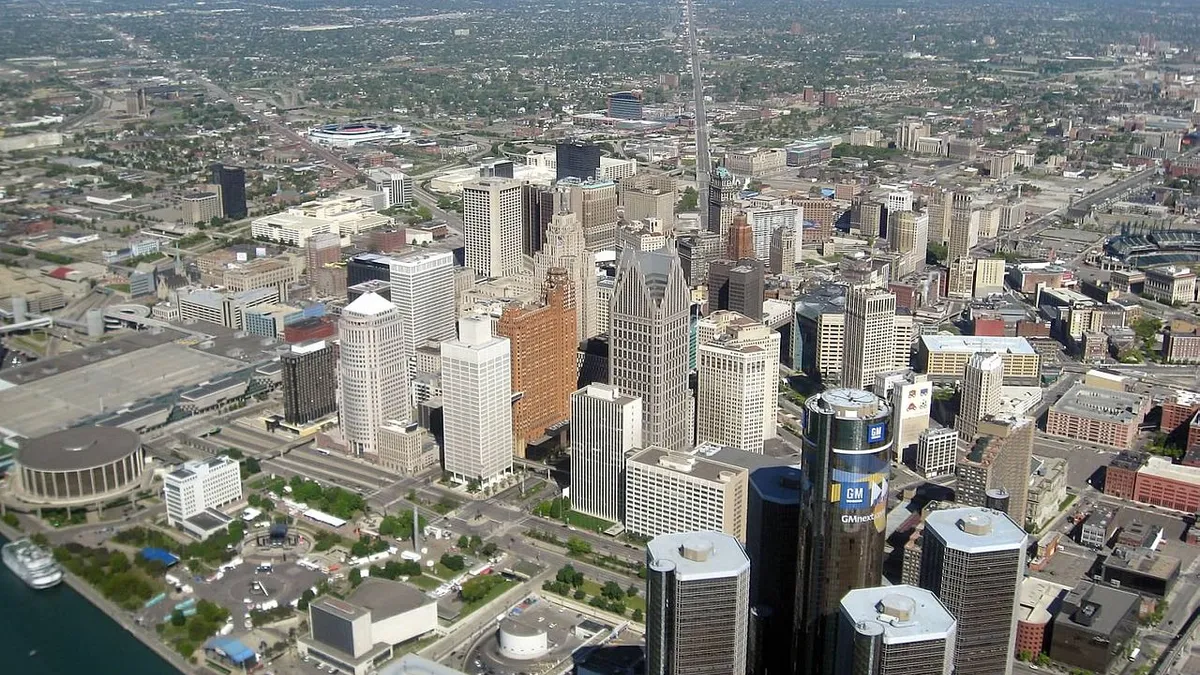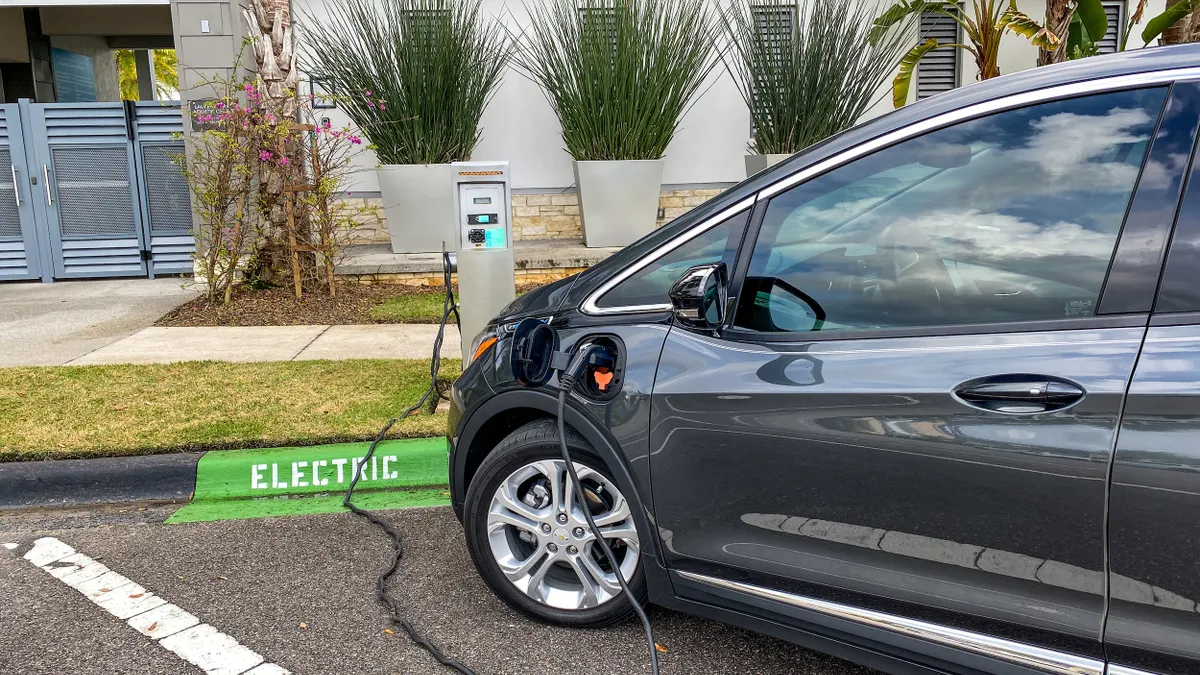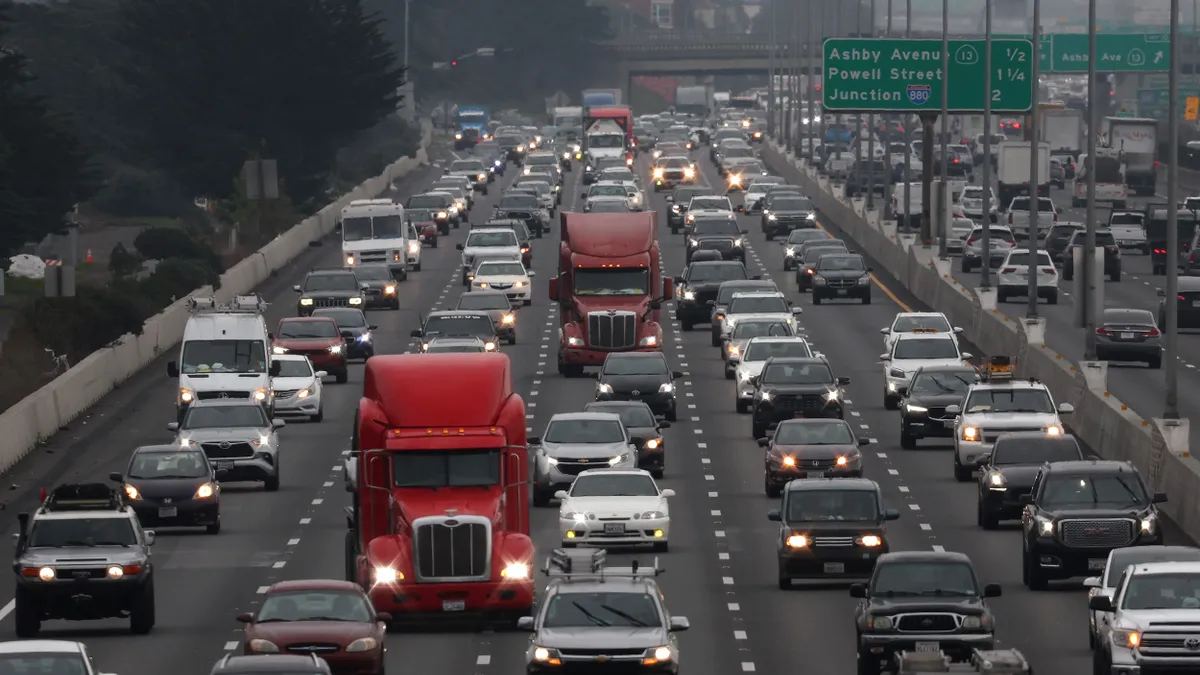Editor's Note: The following is a guest post from Matt Bosch, director of partnerships at Sparkfund.
The private sector is known for eagerly adopting new technologies that make employees’ and customers’ lives easier. As urbanization continues to swell, the public sector faces increased pressure to do the same and improve citizens’ quality of life in a cost-effective, sustainable way.
Beyond the positive environmental impacts, becoming a smart city has myriad benefits for health, safety, transportation, energy and other aspects of public life. And despite the public sector’s reputation for being more conservative when trying new solutions, many larger cities like San Diego and Columbus, OH are jumping on the bandwagon and making headlines.
To grow this wave of change, smaller cities (which are the majority of municipalities) must follow suit, and they have an increasing number of examples to pull from that show becoming a smart city is easier than one might think.
Smart ≠ Fancy
Despite Detroit’s struggles, including a decreasing population, the city has managed to make several meaningful smart upgrades in recent years. According to Jed Howbert, a former executive in the mayor’s office in the City of Detroit, one of the most important upgrades was creating the Improve Detroit app to collect data needed to facilitate smart spending.
The project started small, only collecting reports about potholes, which were fed to the Department of Public Works. Beyond helping the city spend its time and money wisely, the app built trust with Detroiters; those who reported potholes saw them being fixed and got their friends and neighbors to buy in.
"The mayor would hold community meetings and ask who had downloaded and used the app, and everyone’s hand goes up across the room,” Howbert said. “They were actively using this tool to manage their quality of life in the city.”
The city has layered on top of Improve Detroit’s success, adding new capabilities to the app and launching other smart upgrades like Project Greenlight to help businesses and police fight crime and a mobile ticketing system for city buses.
“The overarching theme of making Detroit smart with limited resources is that nothing we did was rocket science from a technology perspective. All of our updates were basic but meaningful improvements that had a very pragmatic impact on quality of life for residents,” Howbert said.
Hunter Hayes echoed the same sentiment about how his company, Zerocycle, is helping make smart upgrades to the waste management in cities like Buffalo, NY and Des Moines, IA. Cities don’t need to spend money installing expensive sensors when Zerocycle can capitalize on existing, often unused data about city waste to convert trash into recycling, which makes both an environmental and financial impact in cities.
“We don’t consider ourselves a data generator; we’re a data analytics company. If cities aren’t using the data they already have today, what is putting a sensor on everything going to do for them? We take the information that’s available right now and make it actionable,” Hayes said.
Smart ≠ Urban
While the moniker “smart cities” may suggest cities are the only municipalities making upgrades, Navigant Associate Director Drew Johnston’s experience in rural Texas proves otherwise.
“The greatest innovation is happening in rural America,” Johnston said, “because of agriculture.” He mentioned the Lower Colorado River Authority, for example, which worked for two years to develop an inexpensive flood sensor so more could be distributed along the 600 miles of the Colorado River. This advancement saved lives, both of those who live in flood zones and of Texas farmers who need water from the river to irrigate their crop.
In another case, the Bandera Electric Cooperative distributes electricity and high-speed internet to rural Hill County. According to the Federal Communications Commission, 39% of rural America doesn’t have access to high-speed broadband internet. When it was installed in Bandera, TX, residents started lining up around the block of the public library to use it, Johnston said. Because of that high-speed internet service, a student from Bandera was accepted to an ivy league college for the first time in 50 years.
“Great solutions are usually more simple than we want. It’s the little things that can have a huge impact,” Johnston said. “If we can do it here, in rural Texas, we can do it anywhere.”
Smart ≠ Expensive
Capital is a common barrier to access technology for any government entity, large or small. That’s why Howard Choy’s advice to aspiring smart cities is to band together. In his eight years as General Manager of the Los Angeles County Office of Sustainability, he saw rapid deployment of smart cities technology thanks to collaboration between municipalities.
“In LA County we have 88 cities and it’s impossible for all of them to work with each other. I have seen success when they work together in smaller groups, like through the county or a regional council of government, to get funding and share resources,” Choy said.
He mentioned a software LA County purchased to monitor energy in county buildings, which they used to identify energy hogs and save on utility bills. While the county had the budget to purchase such a system, most cities did not, so Choy struck a deal with the developer to allow other cities to join the program.
“It was a classic win-win-win. The developer got more revenue, the county’s rate went down and cities that could never afford a tool like this could piggyback off of our license,” he said.
LA County completed other, similar programs during Choy’s tenure that were also mutually beneficial for municipalities across the county, including a solar potential map and an Energy Atlas it created with the University of California that mapped utility data to the county assessor's building database to identify energy consumption patterns with building and parcel characteristics.
Without the county’s help, this comprehensive database wouldn’t be publicly available for smaller cities to access.
“If you want to get cities to take advantage of technical programs, the counties need to step up and be the leaders and get their cities involved. And it doesn’t have to be a county, it could be a large city,” Choy said. “Whatever group has access to capital and has a shareable system should share it.”
A path forward
Every municipality, regardless of its size and means, faces challenges when it comes to serving citizens. But when the stakes are so high — when all that’s standing between making residents’ lives better is political red tape — it’s critical for local governments to find a way around these barriers.
Many cities have learned that what once seemed like a barrier — locale, grandiose expectations or restricted capital — was actually just a speed bump. Making smart upgrades do not require next-century technology, an urban landscape or limitless cash flow, but rather creativity and collaboration.
If Detroit and Bandera can make these changes in the face of constraints, other smaller cities can get smart, too.



















